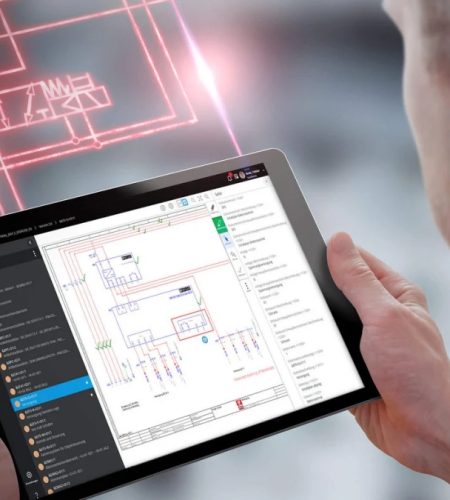The flip of a light switch – a seemingly mundane action. Yet, behind this simple act lies a complex network of power distribution, meticulously controlled by the unsung heroes of the electrical world: switchgear.
Electrical switchgear encompasses a diverse range of equipment responsible for the safe, efficient, and reliable control of electricity. From the massive high-voltage switchgear assemblies found in power plants to the compact low-voltage panels in your home, electrical switchgear plays a critical role in ensuring a smooth flow of electricity across all applications.
Demystifying Switchgear: A Look at its Components
Understanding the key components of switchgear sheds light on its functionalities:
- Circuit Breakers (CBs): These act as the guardians of electrical circuits. They automatically interrupt excessive currents, preventing damage to equipment and safeguarding against fire hazards.
- Isolators (Disconnectors): As the name suggests, isolators physically disconnect a section of the circuit for safe maintenance or repairs.
- Fuses: These sacrificial devices melt when overloaded currents pass through them, effectively interrupting the circuit and protecting equipment.
- Busbars: These are high-conductivity bars that serve as the central point for distributing power within the switchgear assembly.
- Meters & Relays: These provide vital information about the electrical system, such as voltage, current, and power factor. Additionally, relays can be programmed to trip circuit breakers based on pre-set parameters.
The specific combination of these components varies depending on the application. High-voltage switchgear utilizes special technologies like gas or vacuum insulation to handle larger currents safely. In contrast, low-voltage switchgear, often encountered in residential and commercial buildings, employs simpler air insulation mechanisms.
The Power of Control: Benefits of Effective Switchgear
Switchgear offers a multitude of benefits that extend far beyond simply turning the power on and off:
- Enhanced Safety: By isolating faulty sections and interrupting dangerous overcurrents, switchgear minimizes the risk of electrical accidents and equipment damage.
- Improved Reliability: Switchgear ensures a consistent and uninterrupted flow of electricity, minimizing downtime and optimizing operational efficiency.
- Efficient Power Distribution: Switchgear allows for the controlled distribution of electricity, directing power to specific circuits as needed.
- Scalability and Flexibility: Modern switchgear solutions are modular and adaptable, allowing for easy expansion and configuration changes as power requirements evolve.
The Future of Switchgear: Embracing Innovation
The electrical landscape is constantly evolving, and switchgear technology is keeping pace. Here are some exciting trends shaping the future of switchgear:
- Smart Switchgear: Integrating digital intelligence allows for real-time monitoring and control of electrical parameters. This enables predictive maintenance, improved system performance, and enhanced safety features.
- Sustainable Materials: With the increasing focus on responsibility for the environment, manufacturers are exploring the use of biodegradable and recyclable materials in switchgear construction.
- Arc Flash Mitigation: Advanced technologies are being developed to minimize the dangers associated with arc flash incidents, a major concern for electrical workers.
The Silent Powerhouse
Electrical switchgear, though often unseen, plays a critical role in empowering our lives with electricity. From powering our homes and industries to supporting vital infrastructure, switchgear ensures the safe, efficient, and reliable distribution of electrical energy. As technology continues to advance, switchgear will undoubtedly evolve further, becoming even more intelligent and adaptable, silently ensuring a brighter electrical future.
Sources
https://www.researchgate.net/publication/297839545_The_circuit_breaker
https://www.sciencedirect.com/topics/engineering/busbar-protection

